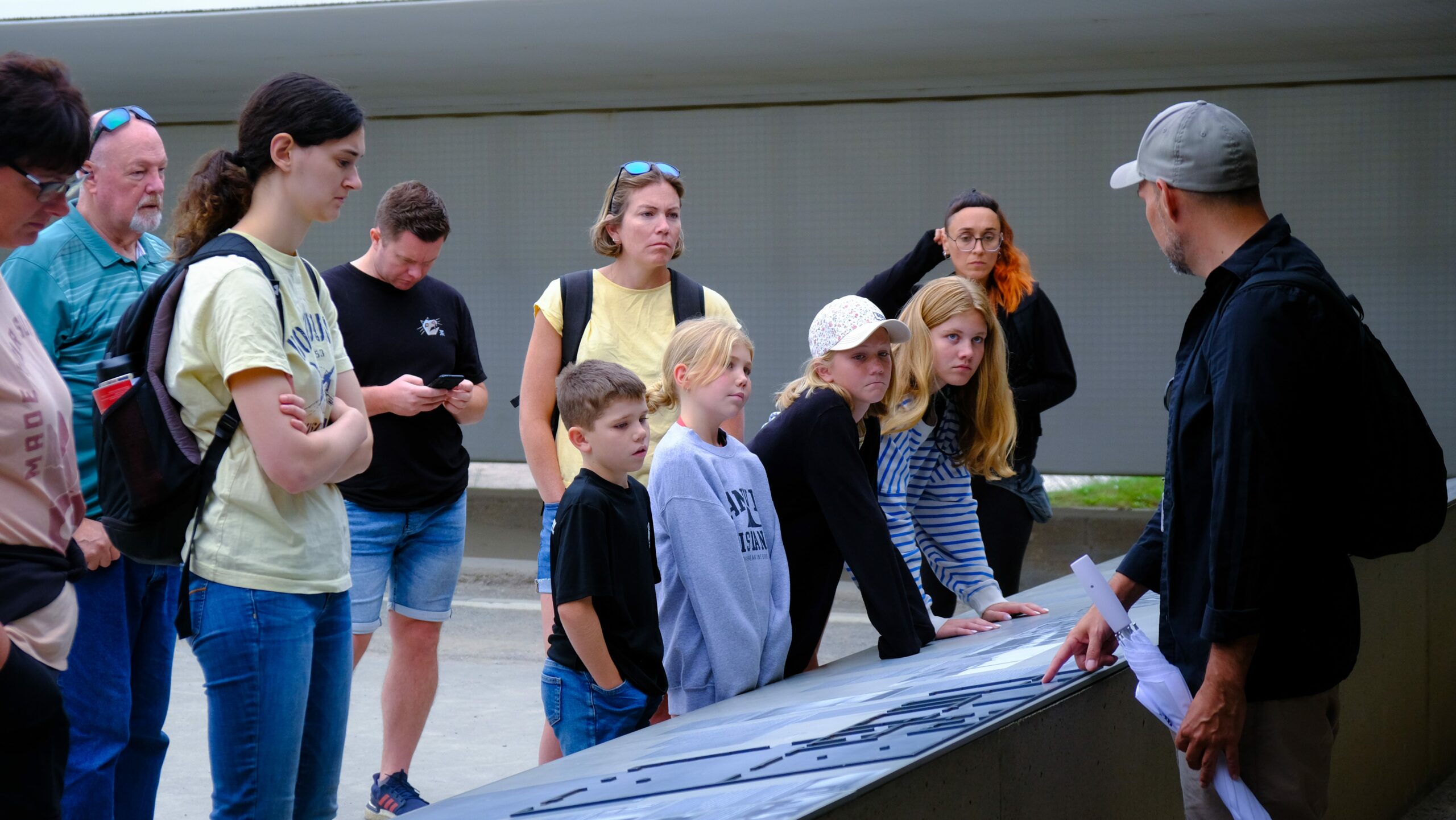Budapest, as the capital of Hungary, presents visitors with many cultural, historical, architectural and natural attractions. Because of its mix of old and new, Budapest is referred to as the “Pearl of the Danube.” In this complete guide, we will learn about the important highlights of Budapest.
1. The area’s famous Thermal Baths and Spas are very popular.
Budapest attracts visitors for its thermal baths and spas which date back to when the Romans inhabited the region. It is situated on many thermal springs, giving it access to naturally heated waters for healing. The most well-known bathhouses in Budapest are the Széchenyi Thermal Bath, Gellért Thermal Bath and Rudas Baths. People can feel relaxed by wandering in the hot waters and, at the same time, see the impressive architecture of the ancient hotels.
All these bathhouses have something special about them. Széchenyi is a huge spa complex set in City Park and includes pools that visitors can use every day, except it freezes them over in winter. Gellért Bath which is close to Hotel Gellért, is famous for its Art Nouveau style. Built during Ottoman rule in the 16th-century, Rudas Baths are open for night baths on its rooftop that provides beautiful views. Paying a visit to these thermal spas can be valuable for your health or just for relaxing and everyone will feel like they truly experienced Budapest.
2. Buda Castle and Castle Hill are both places to visit.
Set on the bank of the Danube running west, Buda Castle is listed as a UNESCO World Heritage Site and represents Budapest’s olden times. Other important parts of the castle are the Royal Palace, Matthias Church and Fisherman’s Bastion. You can enjoy both a city view and its royal history when you walk around Castle Hill.
The medieval feel and rough paved streets of Castle Hill attract many wanderers. If you like history, visit the Budapest History Museum and the Hungarian National Gallery at the Royal Palace. Matthias Church is beautiful due to its colorful roof and Gothic design and Fisherman’s Bastion gives a wonderful view of Pest and the Danube.
3. Chain Bridge and the Danube Promenade
The Chain Bridge which joins Buda and Pest over the River Danube, is one of the most famous sights in Budapest. Standing on the bridge gives you a fantastic view of the city, especially when the lights go on at night. Walking down the Danube Promenade is an opportunity to see the river and spot other landmarks including the Parliament Building and the touching Shoes on the Danube Bank memorial.
You can enjoy romance or sightseeing by having a stroll here or riding a boat. Light from the sunset seems to highlight the key buildings as it strikes the water in the early evening. There are many statues, cafes and places to view the city along the promenade in Budapest.
4. Ruin Bars
One more wonderful aspect of going out in Budapest is the ruin bars. Drug bars are set up in abandoned areas like factories, op-seized buildings or courtyards which gives them a unique and different feeling. Szimpla Kert which has been around for years, should not be missed for its funky decor, lively music and active crowd.
Unmatching furniture, offbeat art and walls covered in graffiti give these spots a bohemian and relaxed feeling. They act as meeting places for art events, film viewings and community gatherings along with being bars. Visiting the Jewish Quarter, place of many of these establishments, lets you experience both creativity and resilience.
5. Hungarian Cuisine
Food lovers will find their heaven in Budapest. The food from Hungary is famous for packing a solid flavor and centuries-old traditions. Make sure you try the traditional goulash when you visit Hungary. Other local treats from Hungary are langos (fried dough), chimney cake and kürtőskalács (a sweet pastry). The best way to sample all the culinary amazingness is to visit the Central Market Hall, check out its many food stalls and try the region’s well-known dishes.
Try chicken paprikash, stuffed cabbage or foie gras which you will often find on Hungarian restaurant menus. Many traditional cafes offer delicious pastries including Dobos torte and Gerbeaud cake. To those who love wine, Hungary’s specialties, like Tokaji and Egri Bikavér (Bull’s Blood), are distinguished by their old traditions and unique tastes.
6. Parliament Building
Built as a masterpiece, the Hungarian Parliament Building is one of the most attractive legislative buildings in Europe. On the banks of the Danube River stands this neo-Gothic building which has wonderful details, an impressive dome and houses the country’s famous crown jewels. Taking a guided tour lets visitors see the beauty and architecture of the interior.
The Parliament has 691 rooms and nearly 20 kilometers of hallways, showing how large and beautiful the building is. Within, the interior displays grand stairways, gleaming gold accents and ancient relics. It looks best at nighttime when the whole building is reflected in the water and seeing it from a distance photographically.
7. Margaret Island
In the middle of the Danube, Margaret Island is an peaceful escape from the busy city. There are lovely gardens, recreational areas, places to jog and a musical fountain on the island. You can bike, have a picnic or just rest and enjoy being in this calm green place.
There are medieval ruins, a small zoo, a Japanese garden and a water tower with wonderful views on the island. No matter if you are looking for adventure or simple quiet, Margaret Island is a great place for singles, couples or families to spend a day.
8. Hungarian Folklore
A lot of Hungarian culture involves folk traditions and visitors to Budapest have the chance to watch and hear traditional music, dance and even see folk art. Often, the Hungarian State Folk Ensemble and the Hungarian Heritage House organize shows to present the country’s rich folklore. Seeing a folk performance is a fantastic way to get involved in Hungarian culture.
Music from traditional instruments is often played live when the whole play is on stage. The cultural identity of Hungary is well represented by the use of colorful costumes, storytelling and lively dances which are all specific to its regions. Some museums and festivals organize workshops for participants to learn folk crafts, embroidery and music.
Conclusion
A visit to Budapest and its hot springs, ancient landmarks, one-of-a-kind nightlife, tasty food and deep cultural background will always be remembered. History lovers, relaxers and foodies are all welcomed by the magical attractions of this city. Review the key points in this guide and allow Budapest to really impress you.
Table of Contents




